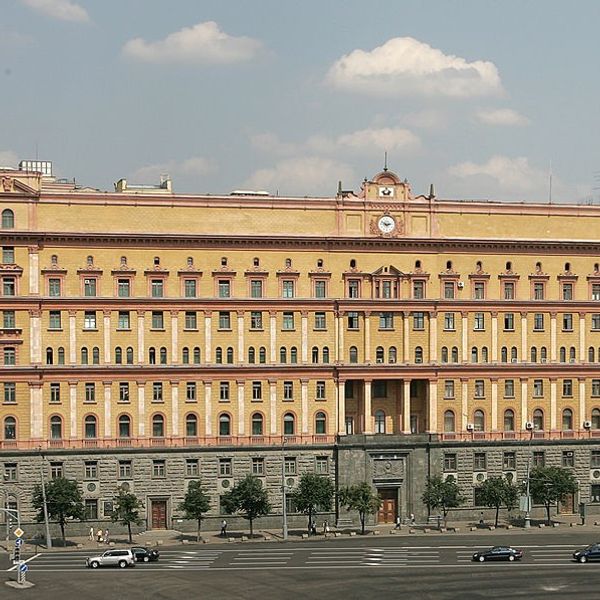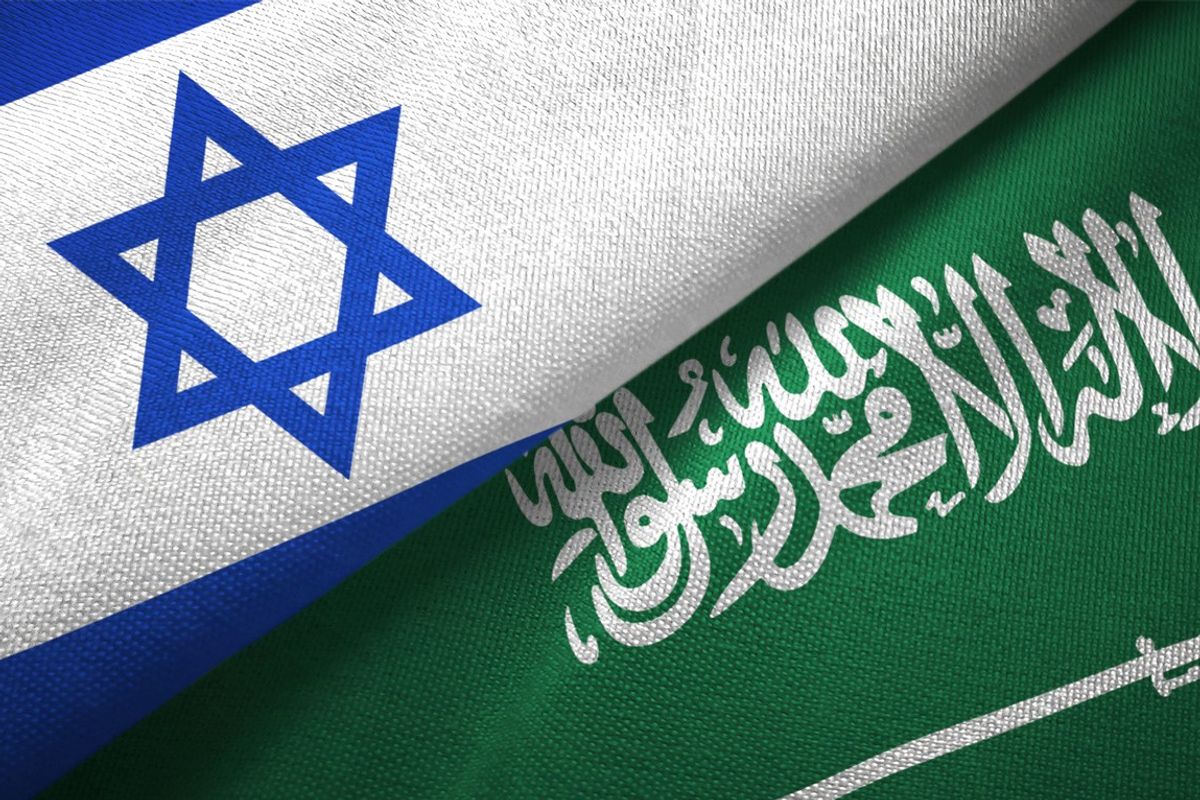Bottom Line Up Front
- Iran’s hardliners are likely to prevail in February 21, 2020 parliamentary elections.
- Regime hardliners have used their available levers of power to exclude critics and moderate elements from running.
- The turnout will be a barometer of the regime’s efforts to shape the election to its advantage.
- The vote is likely to heighten tensions between Iran and the United States.
Iranian voters go to the polls on February 21, 2020 to elect representatives to the eleventh Majles, the 290 seat unicameral Iranian parliament. The elections are conducted on a provincial basis, and the province that includes Tehran sends the largest number of representatives – 30 – to the body. As is the case in all Iranian elections, candidates are vetted by the Council of Guardians (CoG), a twelve-member body, with subordinate branches in each province, tasked with ensuring that all legislation comports with Islamic law and Iran’s constitution. The members of the CoG are appointed by the Supreme Leader and by Iran’s judiciary, institutions currently dominated by hardliners. The hardliners have not been shy about using this vetting power to shape the field of potential candidates to their advantage.
It is clear that the hardliners that dominate the upper echelons of the regime are seeking to ensure that the 11th Majles will be dominated by like-minded members, with as few critics elected as possible. The hardliners ‘lost’ all the past three national elections, including the Majles elections of 2016 and the presidential election of 2013 and 2017, both of which were won by Hassan Rouhani, a professed moderate who advocates engagement with the West, including the United States. Rouhani was not Supreme Leader Ali Khamene’i’s preferred candidate in either presidential election, and in the 2017 vote the Supreme Leader was known to have preferred that his protégé, Ibrahim Raisi, be elected. Rouhani is term limited in presidential elections next year, and hardliner success in the Majles elections could position hardliners to retake the presidency. During the first week of December 2019, approximately 15,000 candidates put their names forward for the 290 seats. However, in a clear use of the vetting power, the COG disqualified nearly half, narrowing the total candidate field to about 9,000 candidates. The COG disqualified 90 incumbents, most of whom are professed moderates or reformists, prompting criticism by Rouhani and others for excessive disqualifications. Whereas the hardliner power play is virtually certain to produce a Majles to their liking, the disqualifications are also likely to lower overall voter turnout. Khamene’i and other hardliners have consistently sought to encourage high turnout in Iran’s elections as a sign of popular support for the Islamic system of government and in defiance of the United States.
The regime is reportedly hoping that turnout will exceed the 60%+ percentages of the past two Majles elections, but many moderate voters and regime critics see the disqualifications as election rigging and are likely to stay home. The Trump administration will be analyzing the results of the Iranian election closely to determine the effects of its campaign of ‘maximum pressure’ on the Iranian political landscape and regime decision-making. The Trump administration, as past U.S. administrations have, use the CoG candidate vetting process to assert that Iran’s elections are neither free nor fair, and the many disqualifications in the 2020 vote has given the Trump administration ammunition to make that case again. A low turnout is likely to be cited by the administration as evidence that the regime is losing the support of the Iranian people, and that U.S. policy to pressure the regime is ‘working.’
Yet, the Iranian election is occurring within a context in which the United States and Iran have recently exchanged active hostilities, even if both sides have chosen to stand down, for now. If hardliners prevail in the Majles elections, as expected, the regime is likely to interpret that victory as support for its policy of ‘maximum’ resistance to U.S. policy, including progressive violations of the 2015 multilateral nuclear deal and continued attacks by Iran’s allies on the U.S. Embassy in Baghdad and other locations used by U.S. personnel in Iraq. Another Iranian strike such as the September 2019 attack on critical Saudi energy infrastructure cannot be ruled out. Such actions could, in turn, empower hardliners within the U.S. political structure and create pressure on President Trump to respond, including possibly militarily. The potential for the Iranian election to add to the likelihood of further U.S.-Iran hostilities should not be minimized.











